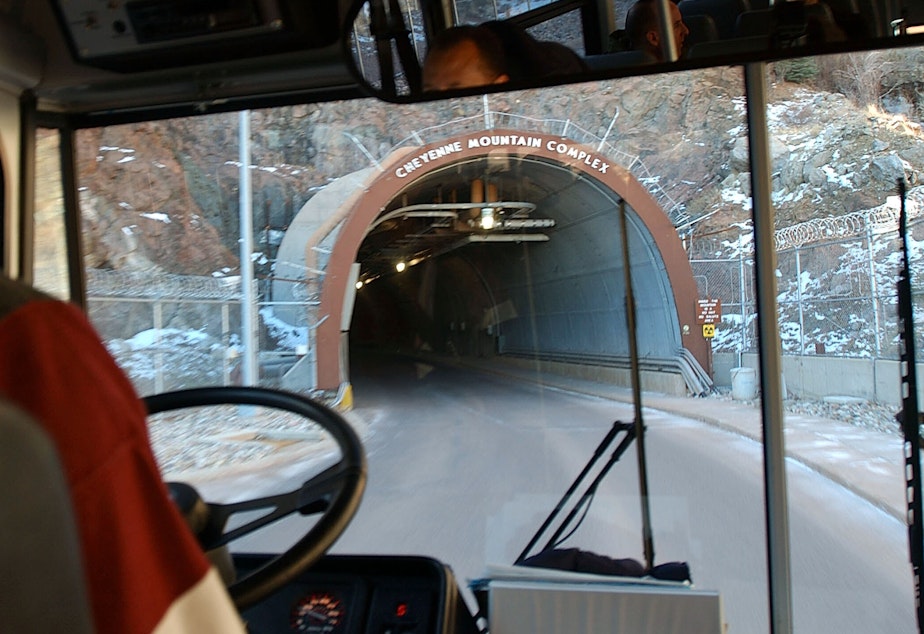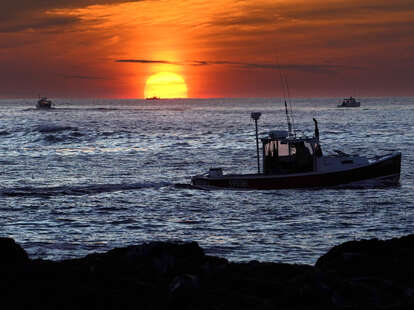By Vincent Acovino
 Published February 15, 2023
Published February 15, 2023 ARI SHAPIRO, HOST:
The video game industry brought in more than $200 billion last year according to recent figures, and government regulators like the Federal Trade Commission have recently taken on a more active role in policing the industry. NPR's Vincent Acovino says one lawsuit in particular has put the whole industry on watch.
VINCENT ACOVINO, BYLINE: Epic Games has reached a legal settlement with the Federal Trade Commission. The FTC accused the company of infringing on the privacy rights of children and questioned how they profit off of young players. Epic Games was last valued at $31 billion and makes Fortnite, which is one of the most popular video games in the world.
JEFF CHESTER: For decades, really, the FTC has really ignored the data gathering practices of the big companies.
ACOVINO: Jeff Chester is at the Center for Digital Democracy. He says Epic Games knowingly violated online child privacy laws known as COPPA, laws that Chester helped lobby for in the late '90s. Parents of children under the age of 13 were, for a time, not properly being asked about collecting their kids' data. Josh Golin of the organization Fairplay says that Epic did start doing that a few years ago.
JOSH GOLIN: But they didn't retroactively go back and check the ages of people who had already signed up for accounts, so Epic Games was probably illegally collecting the data of millions of children under the age of 13.
ACOVINO: The way Epic Games makes its money from younger players is also under fire from the FTC. Games like Fortnite are free to download and play, but they charge for things that make the game more expressive. You can buy skins to make your character look like Spider-Man or Naruto, and you can even buy dance moves based on popular songs for your character.
MALLORY SUPPA: I tend to go for the dances 'cause they always do, like, really popular music.
ACOVINO: Mallory Suppa is a 24-year-old teacher in Jacksonville, Fla., and she spent around a hundred dollars on Fortnite over a period of about three years.
SUPPA: "Toosie Slide," "Say So," "Fly N Ghetto" - all, like, the TikTok versions of that. I have all of those dances.
(SOUNDBITE OF SONG, "SAY SO")
DOJA CAT: (Singing) Day to night to morning, keep with me in the moment, I'd let you...
ACOVINO: But she doesn't regret the money she spent to hit the griddy with Goku. For her, it's a steal.
SUPPA: I've played a ton, and I also think - like, the group of friends that we play with, we all live in, like, different places. So if I were to try to travel to them and see them, it would be way more expensive than me being able to just hop on a game and play with them.
ACOVINO: It's younger players who may be more susceptible to the social pressures that fuel these purchases.
SUPPA: With kids, it's probably really hard because it's, like, constantly like, oh, look at this new thing, look at this new thing, every single day.
ACOVINO: And the FTC argues making these impulse-fueled buys was too easy. Josh Golin says that Fortnite saved credit card information after just one use and in some cases didn't even require authorization.
GOLIN: Fortnite didn't even have those kind of basic safety measures to prevent accidental purchases by kids that parents might not have wanted.
ACOVINO: Within the video game industry, Fortnite is hardly the biggest offender when it comes to these so-called dark patterns that are meant to trick players into spending money.
LEON XIAO: I've seen games that are obviously marketed at children where they would put, like, a very cute little pet into a cage and make the pet sort of cry to try to get the child to - are you sure you don't want to rescue this pet by paying, say, two bucks?
ACOVINO: Leon Xiao is a PhD fellow at the University of Copenhagen and studies how video games are regulated. He's familiar with the challenges of writing laws for such a large and unwieldy industry. One moneymaking addition to many video games has been the loot box where players pay real money for a random in-game reward. It's essentially a form of gambling. Belgium has made this illegal, and despite that...
XIAO: I found that 82 of the 100 highest grossing iPhone games were still selling some form of loot boxes.
ACOVINO: That points to the kind of enforcement challenges U.S. regulators are up against. Josh Golin says that's why the FTC has gone after Fortnite, one of the biggest fish in the pond.
GOLIN: And I think it's also a big enough fine that it's going to send shock waves across the gaming industry and cause other platforms to clean up their practices.
ACOVINO: Epic Games will pay $520 million in fines and has agreed to rework their practices. Quote, "no developer creates a game with the intention of ending up here," said the company in a detailed statement to consumers.
Vincent Acovino, NPR News. Transcript provided by NPR, Copyright NPR.






